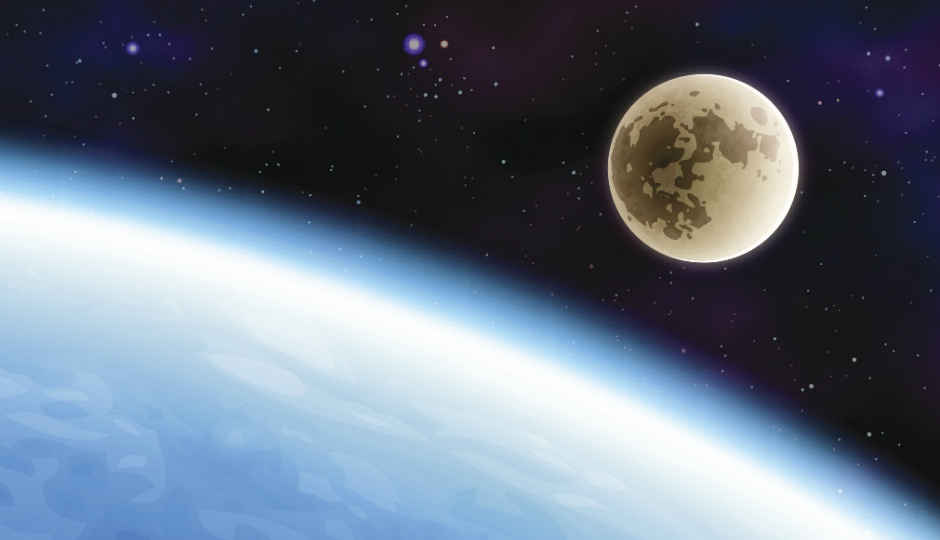Chandrayaan-2 launched successfully

ISRO launched Chandrayaan-2 at 2:43pm today.
The launch was successful despite a week's delay.
UPDATE: The Indian Space Research Organisation (ISRO) launched Chandrayaan-2 from Sriharikota at the scheduled launch time of 2:43pm IST. At 3:02pm IST, ISRO tweeted to inform the public of the spacecraft's successful injection into Earth's orbit. You can watch a live video of Chandrayaan-2's separation from GSLV Mk-III and a speech by ISRO Chairman K Sivan here.
Original story:
After one whole week of unexpected delay, Chandrayaan-2 is finally ready to be launched towards its one and only destination, the Moon. The uncrewed lunar mission will lift off from the Satish Dhawan Space Centre in Sriharikota at 2:43pm IST today. The Indian Space Research Organisation (ISRO) tweeted the revised launch date last Thursday (July 18), four days after the first launch attempt was aborted. ISRO has since rectified the “technical snags” in the mission’s launch procedure.
In the hours leading up to the launch, ISRO has been posting regular updates about the rocket’s fuelling on Twitter. Filling of fuel (UH25) of the liquid core stage (L110) was completed last night at 10:07pm IST. In contrast, filling of fuel (N204) for the liquid core stage (L110) was completed at 7:54am IST today. “Less than five hours for the launch !!! Filling of Liquid Oxygen for the Cryogenic Stage(C25) of #GSLVMkIII-M1 commenced,” wrote ISRO on Twitter at 9:58am IST.
If all goes according to plan, Chandrayaan-2 should reach the lunar atmosphere in early September. ISRO has planned to land the spacecraft on the lunar south pole as it’s known to contain traces of water ice. The craters in the area are known to contain fossils of the early Solar System. In a recent interview, ISRO Chairman K Sivan termed the soft-landing as “15 terrifying minutes”, suggesting that the manoeuvre is a complex and unprecedented one.
Chandrayaan-2’s launch vehicle for today is the space agency’s tried and tested Geosynchronous Satellite Launch Vehicle Mark III (GSLV Mk-III), which weighs 3.8 tonnes when fully laden. Chandrayaan-2 consists of the lander (Vikram), rover, (Pragyan), and orbiter modules. All these components are stacked together in a composite structure and are interfaced mechanically. When Chandrayaan-2 reaches the lunar orbit, the lander, with the rover inside it, will decouple itself from the orbiter and make its way to the surface.
Less than five hours for the launch !!!
Filling of Liquid Oxygen for the Cryogenic Stage(C25) of #GSLVMkIII-M1 commenced#Chandrayaan2 #ISRO— ISRO (@isro) July 22, 2019
Vignesh Giridharan
Progressively identifies more with the term ‘legacy device’ as time marches on. View Full Profile




